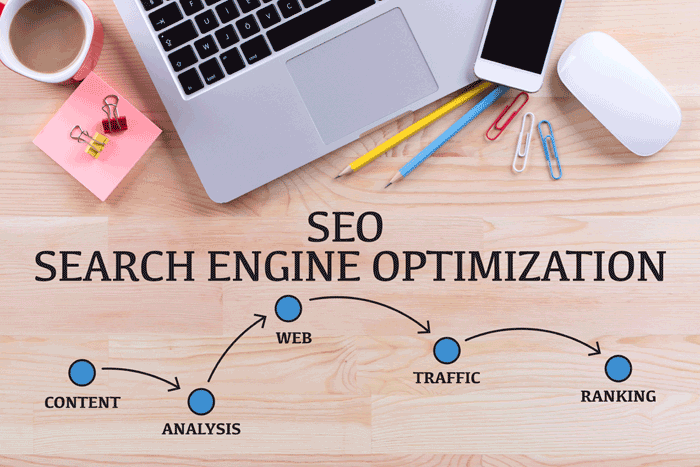
SEO Fundamentals, 101
Website Structure
The first thing that you need for high ranking search results is to build your website using a solid structure, including bot accessibility, dedicated hosting, mobile design, schema markup and sitemaps. You’ll want to make sure that your URL structure and your internal link architecture is search-friendly.
Don’t worry if none of this makes sense to you from the start. A good web developer will be able to implement all of these into your website, and it’s worth the investment to make sure your website’s foundation is solid from the very beginning.
Unique content
Another critical factor in building your website is being sure that you fill it with quality, unique content. Duplicate content – text or images you’ve copied from somewhere else on the web – won’t rank; and neither will unnecessary, superfluous, or poorly written content that’s just trying to get keyword hits. Search bots are more sophisticated than you might imagine, and if you’re looking to get high up in searches, you’ll need to provide your own unique and relevant content to do so.
If writing isn’t your forte, you can always hire a professional content writer to make sure your website content is original and up to par.
Title Right
The title tag on your homepage is one of the most important parts of your website. It should be the main focus of your business, and hopefully, the main traffic driver as well.
A few tips for choosing a title: if your business is local, include the city or town’s name in the title tag to ensure you’ll rank in locally-based searches. You don’t want to be competing in nationwide searches when your most important clients are searching locally!
Backlinking

Acquiring backlinks can be tricky – you need to get highly authoritative websites in your market – be it in your region or in your industry – to link to your website, naturally, for these links to help your search ranking. Considering signing up for services like HARO (Help a Reporter Out), where you can respond to questions from media outlets on behalf of your company. It might just get you some links in the digital media, which could rocket your website’s search ranking.
You can also use digital PR tactics to increase your links. Reaching out to industry related websites, groups, or partners to add links to their websites back to you are all great tactics to improve your backlink search rating.
Local Listings
If you haven’t been paying attention to your Google My Business page, it’s time to start, as it’s one of the main ways that Google ranks local businesses in map searches.
Go to My Business and make sure that all of your information is correct, and your photos are up to date. Be proactive with asking customers for reviews, and then measure your views via the insights section to see what sort of response your business is having in local searches. As with any metrics, the key is to monitor, and modify when needed to improve your online ranking.
Keep it up!
It is vital for successful SEO to keep your site up to date, legitimate and mobile-friendly. Create ongoing, stellar content on a blog that is easily viewed on a desktop, tablet or phone, and actively promote your content via Facebook or other social media.
All of these will help to improve your search ranking and drive more traffic to your website, ultimately adding to your overall business success.
Maintaining your website content and performing a successful SEO strategy is ongoing. To stay ahead of the game, enlist the services of a qualified SEO company to keep your rankings on page 1.

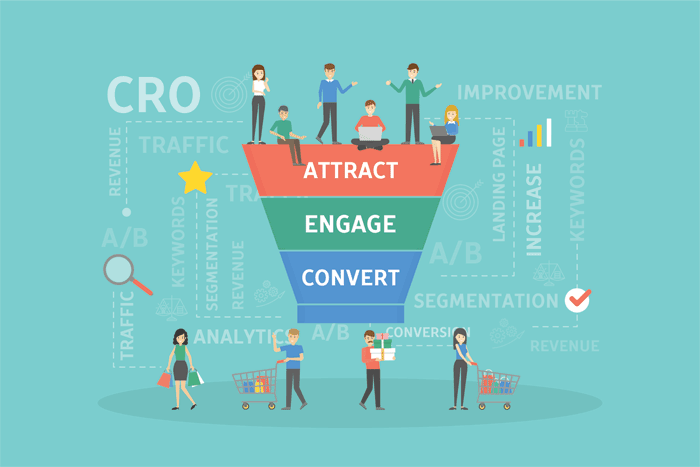
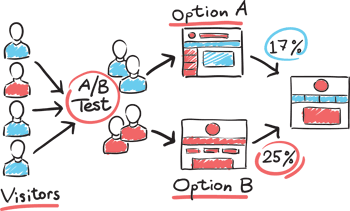
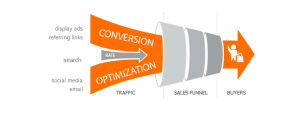 Have you ever been on a newspaper’s website and see the same article posted twice (probably in two different sections) under two different headlines? That’s an example of A/B testing. The website is giving the user two different ways to get to the same content, to see which headline garners more clicks.
Have you ever been on a newspaper’s website and see the same article posted twice (probably in two different sections) under two different headlines? That’s an example of A/B testing. The website is giving the user two different ways to get to the same content, to see which headline garners more clicks.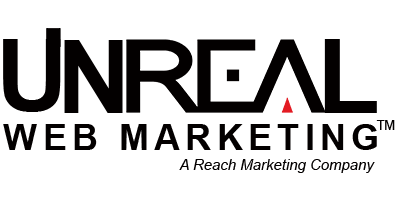
 Greg Grdodian, CEO at Reach Marketing said, “We’re very pleased to add UnReal Web Marketing to our corporate family. They’ve quickly become a respected provider, earning a stellar reputation as a leading specialist in local and national search solutions, including Search Engine Optimization, Pay Per Click, Social Media, Web Design and E-Commerce marketing.”
Greg Grdodian, CEO at Reach Marketing said, “We’re very pleased to add UnReal Web Marketing to our corporate family. They’ve quickly become a respected provider, earning a stellar reputation as a leading specialist in local and national search solutions, including Search Engine Optimization, Pay Per Click, Social Media, Web Design and E-Commerce marketing.”







 Let us demonstrate the real importance of
Let us demonstrate the real importance of 

